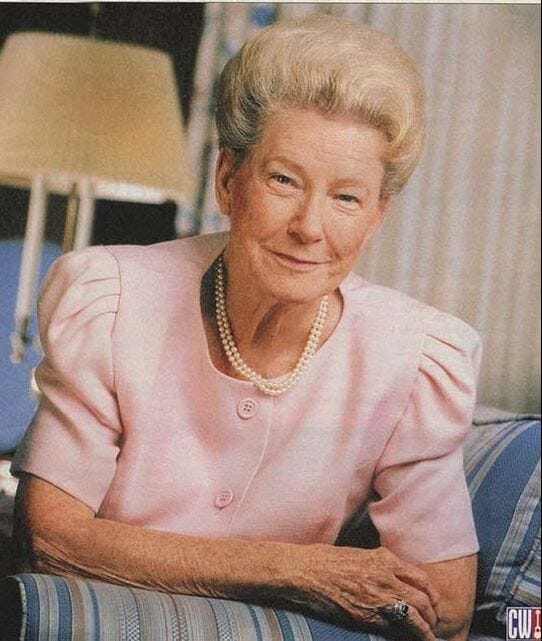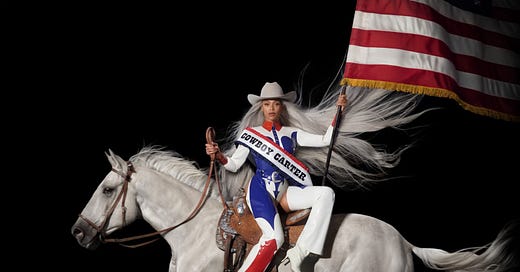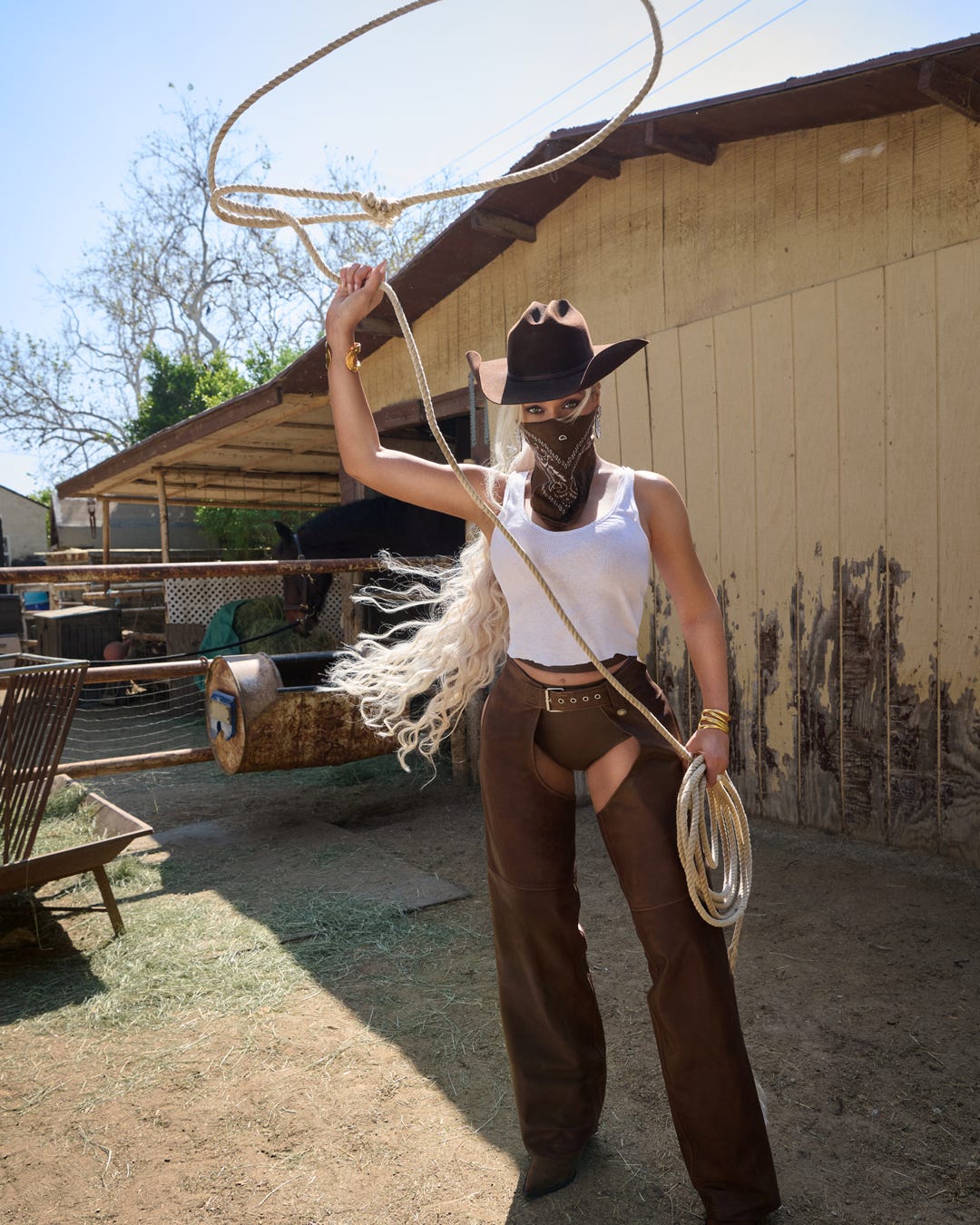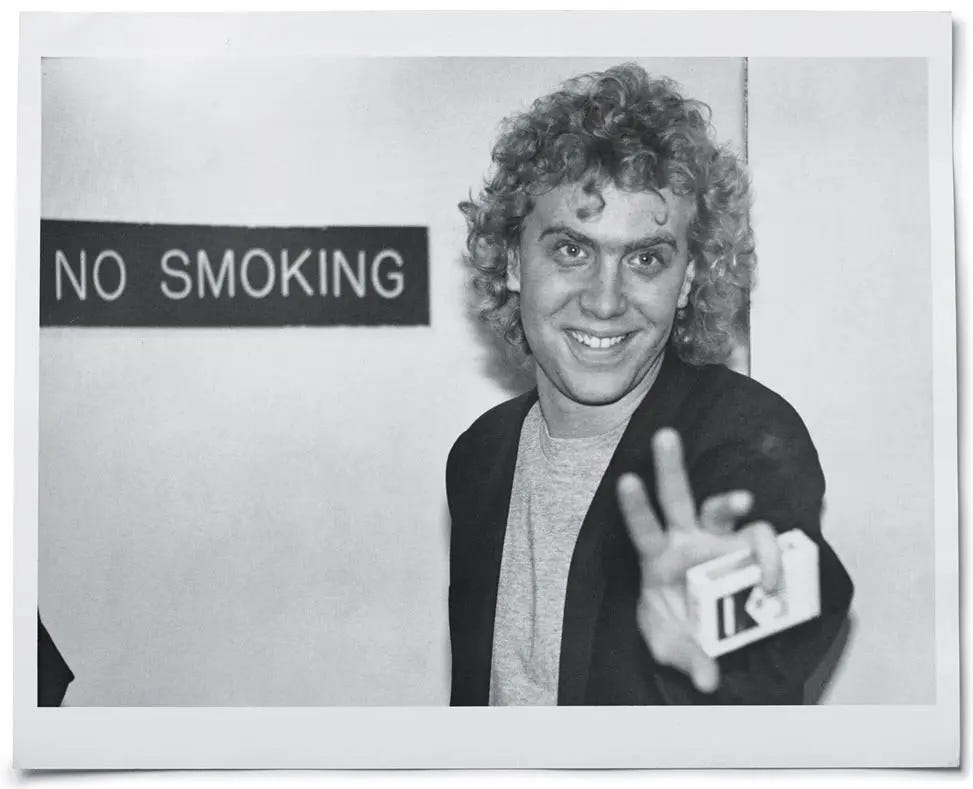Nashville Style Is Not An Oxymoron
Wherein I Share My Thoughts About the Town's Complicated Relationship to Fashion
In the late aughts, I wrote a story for Elle about Nashville style. It was part of a package about how people dressed in different U.S. cities across several geographic regions. My assignment was to identify the style that distinguishes Nashville women from their American peers.
I quickly realized that my piece was going to be less about what Nashville style is and more about what it isn’t.
Early in the writing process, I had a revelation: Nashville is the only city in the United States whose mention conjures a universally recognized image: the cowboy.
I can’t think of another city that elicits this immediate response. Not even the big metropolises of Texas, a state where folks are much more prone to wear traditional Western garb regularly and for legitimate work purposes, can say this. Neither can New York City and Los Angeles: with all of their fashion heft, neither has a specific fashion stereotype. And let’s face it — that’s what this whole Nashville cowboy thing is.
Of course, the hats-and-boots description doesn’t apply to everyone in town. Wide-brimmed Western hats within the city limits are generally relegated to Lower Broadway, where they’re often rendered in hot pink with faux ostrich feather trim as part of what is the unofficial cosplay uniform of Nashville bachelorettes. And only a few of my friends have Western boots in constant rotation, save for some of the country musicians I know.
That brings up an important point. The reason this city has this deep association with the cowboy is because of the country music industry. The Western look we’re known for didn’t even originate here: it was imported from its sister scene in Southern California. There, the rhinestone cowboy look was created in a Frankenstein kind of way, borrowing silhouettes and design details that originated with a variety of references, including real cowboys, the glamorous costumes of Old Hollywood, and the cultures of Native Americans and Mexico. A dash of hillbilly practicality was added to the mix once it made its way to Tennessee.
(Note: This is a very superficial analysis, I know. The story of country music style is much richer, diverse, and more historically and culturally important than I can communicate in this forum. To explore this world in greater detail and specificity, check out the books of country music style expert Holly George Warren, who has long been the go-to source on the subject. Or stop by the Country Music Hall of Fame, a fabulous museum with an incredible collection of authentic stagewear. More on that below.)
I started thinking about all of this last weekend, after I finally sat down to listen to Cowboy Carter. Musically, the album is a totally original take on country music and other Southern music genres. Visually, the cover art (check it at the top) and videos incorporate a bonanza of Western tropes — hat, boots, chaps, yoked shirt, even a horse.
As someone who used to create newspaper content around celebrity fashion phenomena — a Beyonce specialty — I can confidently tell you that we’re about to be inundated by Western-focused style coverage that refers to Nashville as the epicenter of cowboy couture. (Case in point: I just fielded the first interview request from a national magazine writing about fashion in Nashville, inspired by Bey’s latest incarnation. It won’t be the last.)
If the look that we’re known for isn’t native to our city, what really is Nashville’s style? I have a story that puts it in context.
In my past career as a fashion editor, I was lucky enough to become friendly with fashion designer Michael Kors — a kind, lovely gem of a man who deserves every bit of the massive success he’s had in the years since I met him.
I owe Michael a lot, because he gave me the anecdote of all Nashville style anecdotes. It’s so good, so telling, that I share it a lot.
When he was a young designer in the ‘80s and early ‘90s, introducing his namesake collection across the country, Michael would come to Nashville to do trunk shows at Jamie, the gone but not forgotten luxury atelier that kept tony Belle Meade in designer dresses for decades.
If you’re not familiar, trunk shows entail a brand bringing a collection of usually not-yet-released clothing samples to a location where shoppers can try them on and place advance orders. For designers, this process can be a blur — an endless parade of shoppers asking the same questions.
But there was one woman Michael met on one of these early trips to Nashville that he never forgot. She was so memorable, in fact, he could recall her look head to toe almost two decades later: Gray cashmere turtleneck, smart camel-colored wool trousers, a Birkin hooked in the crook of her arm, and a stylish turban on her head. Chic.
After watching the mystery woman from afar, Michael turned to the store’s proprietress, Jamie Stream, and whispered, “Who is that?” Jamie smiled at him and whispered back, “Her name is Sarah Cannon, but you’ll know her as Minnie Pearl.”
“And that’s when I understood Nashville,” he said.


Nashville is a city with an image based on artifice. It’s a false front. Hang up the spangly costumes, shit-kicker boots, and other meme-making icons of the stereotype — Minnie’s straw hillbilly hat with its dangling $1.98 tag and her gingham square-dance dresses, for example — and you’re left with something that’s elegant, thoughtful, and innately cool.
(To put a finer point on it, while the Minnie of Hee Haw was a sweet, jokester hillbilly from rural Grinder’s Switch, Sarah was a well-educated debutante from a prosperous family, whose last home was next door to the Tennessee Governor's mansion. (Before she died in 1991, following a long battle with breast cancer, Sarah founded the Minnie Pearl Cancer Foundation. Today multiple cancer treatment centers here and in the UK bear her name. A true class act.)
The Nashville women I know have much more in common with Sarah than Minnie. They care a lot about what they wear. They keep up with fashion trends, have their go-to designers and brands, and put effort into looking chic, unique, and appropriate. They invest in their wardrobes smartly and approach shopping with the same vigor and excitement as women in any other big city. They may have cowboy kickers in their footwear repertoire, but they’re much more likely to be seen in a pair of go-with-everything ankle boots. Sure, they wear blue jeans a lot, even to some dressy events. But that’s everywhere, not just Nashville.
This isn’t to say that no one incorporates Western pieces into their outfits; they do. But it’s never head-to-toe. A belt buckle here, a pearl-snapped something there, maybe a fringed jacket if they’re really going for it. But never full-on “Nashville drag,” which is what that look amounts to when it’s worn by anyone who doesn’t ranch or play honky-tonks for a living.
The thing that bothers me the most about Nashville fashion cliches is that they’re one-dimensional, lacking sophistication and modernity. And it doesn’t stop with fashion. A music business friend recently told me about a West Coast artist coming to town to record an album who told him, “I’ve always wanted to ride a horse to the studio.” (He swears the guy wasn’t kidding.)
Actually, this kind of thing doesn’t even end at the Davidson County line. I’ve been dealing with honestly jaw-dropping misconceptions about Tennessee since at least the mid-’90s, when I moved from the eastern part of the state to New York City. There, I was asked more than a few times if folks back home in Appalachia wore shoes. One guy even made a production of looking at my feet. It was my great pleasure to point to my Manolos and set him straight.
Now, almost 30 years later, I’m done busting up Southern fashion misnomers. I’ve come to accept that the fate of Nashville style, in particular, is to be perennially misunderstood, overshadowed by the cowboy culture that’s long been our calling card. Nashville will be associated with Western wear forever. And maybe that’s not such a bad thing.
The final paragraph in that Elle story includes my concession that Nashville should embrace its cowboy image, or at the very least learn to appreciate it. The image of Nashville style that lives in outsiders’ imaginations isn’t accurate, but at least our city has an image for them to get wrong.
Indianapolis can’t say that.

NASHVILLE, MEET THE MET (MAYBE?)
I’ve been saying this for years to whomever will listen, but it’s time to make it public: Nashville needs its own version of the Met Ball.
For about a decade, I’ve been obsessed with the idea that the Metropolitan Museum of Art’s Costume Institute will eventually choose country-Western as the theme of their annual Gala, one of the biggest U.S. fashion events of the year. Right now, post Cowboy Carter and Pharrell’s most recent menswear show for Louis Vuitton, it’s the perfect time for the Costume Institute to jump on it. And it will be a real bummer if they do so before the Country Music Hall of Fame does it first.
It would be incredibly cool to celebrate the Hall’s enormous and historic collection of country-Western stage wear with the same kind of fanciful, celebratory, bordering-on-ostentatious spirit that the New York fashion cognoscenti do each year on the first Monday in May. Not only would it raise a lot of money for the institution, it would introduce a new national audience to the work of the Hall, which is an underrated Nashville treasure.
It would also give locals the chance to be creative — can you imagine the outfits? — and show their enthusiasm for fashion. Yes, what we need is a big old Western wear throw-down.
I don’t have a master plan for this, but I’d love to be involved in putting one together. To be continued.
As with all of my Substack posts, this story contains my personal observations and opinions. Not all of you guys are going to agree with me on everything I’ve written. And that’s absolutely fine, great even.
Let’s keep the conversation going. Leave a comment and I’ll respond in my next post.
Onward & upward,
Libby








oh i love this and relate! my paternal nashville family were (sadly gone as of 2013) Italian immigrants who came to Nashville in 1924 and my grandfather who grew up in Nashville and went to Fr Ryan high moved to NYC for a time, met my grandmother there then they both moved back to Nashville and started their own family. They were worldly so didn’t fit the stereotype either, and Nashville once did have a large Italian population so it definitely contains multitudes. I’d love to see any Nashville gala you help put together!
Bringing a true voice to nashville fashion! Well done.